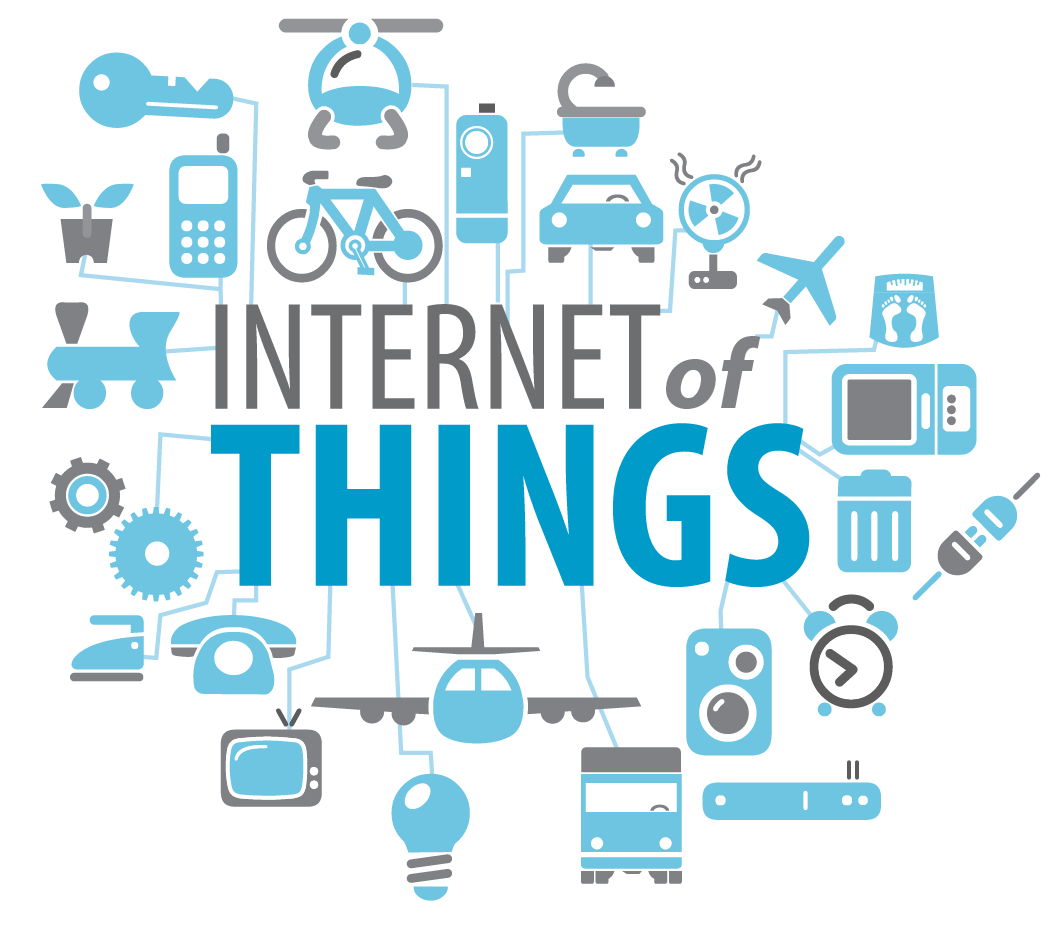Bydly Insights
Explore the latest news, trends, and insights across various topics.
IoT: The Secret Life of Your Smart Devices
Uncover the hidden secrets of your smart devices and discover how IoT is transforming your everyday life! Dive into the future today!
How Do Smart Devices Communicate in the IoT Ecosystem?
Smart devices communicate in the IoT ecosystem through a combination of established communication protocols and advanced technologies. These devices, often referred to as 'things,' utilize wireless connectivity methods such as Wi-Fi, Bluetooth, Zigbee, and cellular networks. Each of these protocols serves different purposes, from the short-range communication of Bluetooth in wearable devices to the long-distance capabilities of cellular networks in smart city infrastructure. The choice of protocol often depends on the specific requirements of the device, such as power consumption, range, and data throughput.
Furthermore, data exchange among smart devices is facilitated by cloud computing services, allowing for real-time analytics and remote accessibility. Most smart devices are equipped with embedded sensors that collect various types of data, which is then transmitted to cloud platforms for processing. These platforms use standardized APIs (Application Programming Interfaces) to ensure compatibility and interoperability among different devices. For a comprehensive overview of how these devices operate within the ecosystem, you can check out this insightful article on Forbes.

The Impact of IoT on Daily Life: Connecting Your World
The Internet of Things (IoT) has revolutionized the way we interact with the world around us, seamlessly integrating technology into our daily lives. From smart home devices like thermostats and security cameras to wearable fitness trackers, IoT technology connects an array of devices, enhancing convenience and efficiency. According to a report by Statista, by 2025, the number of connected IoT devices is expected to reach over 75 billion, highlighting the growing reliance on this technology. This interconnectedness not only streamlines our routines but also empowers us to make informed decisions effortlessly.
Moreover, the impact of IoT extends beyond individual conveniences; it plays a crucial role in improving public services and environmental sustainability. Smart city initiatives utilize IoT devices to monitor traffic patterns, manage waste, and optimize energy consumption. For instance, a study by Forbes highlights how cities using IoT technology have seen significant reductions in energy costs and pollution levels. As we continue to harness the power of IoT, our communities become more efficient and environmentally friendly, making everyday life not just simpler, but also more sustainable.
Unlocking the Potential of Smart Devices: A Deep Dive into IoT Technology
In recent years, the Internet of Things (IoT) has dramatically transformed everyday life, unveiling a world rich with possibilities through interconnected smart devices. From smart home gadgets like thermostats and lighting systems to sophisticated industrial equipment, the integration of IoT technology amplifies efficiency and convenience. According to a Gartner report, businesses that harness IoT can drive substantial returns on investment, ultimately reshaping industries and enhancing user experiences. This evolution is not just about automation; it's about creating a seamless network where devices communicate and collaborate, optimizing both function and performance.
The key to unlocking the true potential of smart devices lies in understanding how to leverage IoT technology effectively. By integrating various forms of data analytics and machine learning, organizations can generate actionable insights that improve decision-making processes. As detailed by Forbes, the convergence of AI and IoT is expected to create more innovative applications, leading to predictive maintenance, enhanced security, and smart urban planning. Embracing this synergy not only enhances operational capabilities but also cultivates a forward-thinking mindset, essential for navigating the rapidly evolving digital landscape.